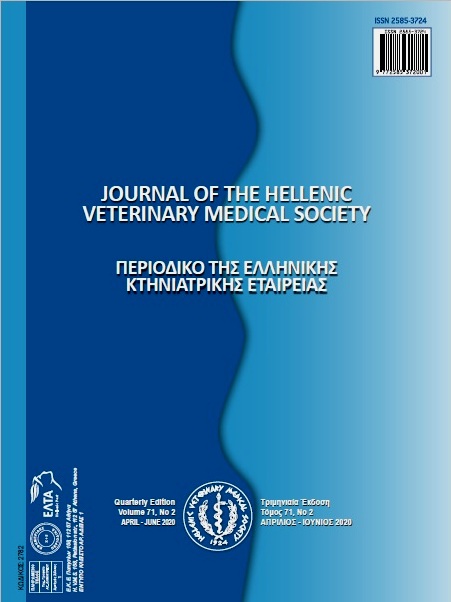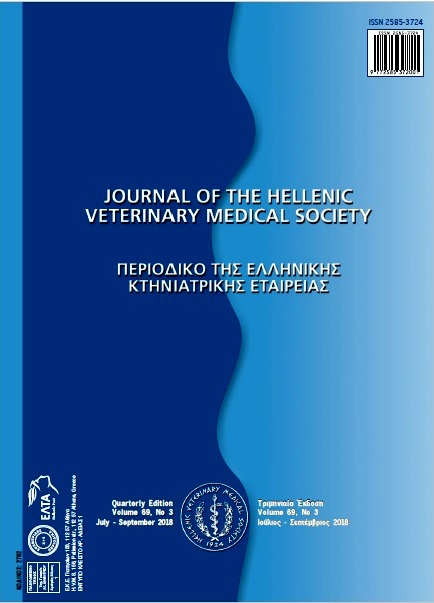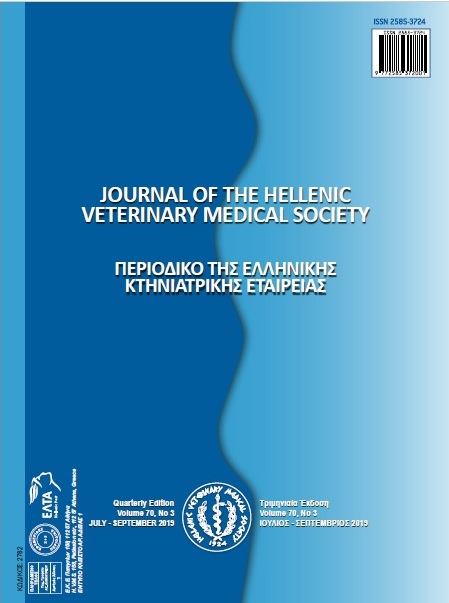Effect of whey fat content on the properties and yields of whey cheese and serum
Résumé
The objective of this research was to study the effect of cheese whey fat content on the yield, physicochemical, textural and sensory properties of cheeses made from sheep’s whey. Four types of whey cheese were made from skimmed whey (cheese A), whole whey (cheese B) and whey with added cream of 2.5% and 5% fat (cheeses C and D respectively) and evaluated. Significant differences in yield, sensory properties, total solids, moisture, fat, fat in dry matter, protein, calcium, hardness, modulus of elasticity, gumminess and chewiness were observed between the different types of cheeses. No significant differences were observed in pH, lactose, ash, lactic acid, citric acid, galactose, glucose, Mg, K, Na and cohesiveness. The increase in fat in whey cheeses improved yield, sensory and textural properties. Cheese D was the most preferred of all the experimental cheeses in sensory analysis: it had the highest level of fat in dry matter (77.3%) and the lowest moisture content (51.6%) and according to Greek Food Legislation is characterized as an excellent quality whey cheese. Cheese A had the lowest fat content (3.94%), scored of 61.2% overall in sensory analysis and was characterized as a new reduced-fat whey cheese, particularly suitable for customers who prefer reduced-fat cheese. Serum from whey cheese production should not be considered as a waste but might be exploited as a valuable source of carbohydrate, nitrogenous compounds and minerals. Serum resulting from whey cheese production indicates that it should not be treated as waste-pollutant but as a valuable source of carbohydrate, nitrogenous compounds and minerals from which usable products may be obtained.
Article Details
- Comment citer
-
KAMINARIDES, S., ZAGARI, H., & ZOIDOU, E. (2020). Effect of whey fat content on the properties and yields of whey cheese and serum. Journal of the Hellenic Veterinary Medical Society, 71(2), 2149–2156. https://doi.org/10.12681/jhvms.23640
- Numéro
- Vol. 71 No 2 (2020)
- Rubrique
- Research Articles

Ce travail est disponible sous licence Creative Commons Attribution - Pas d’Utilisation Commerciale 4.0 International.
Authors who publish with this journal agree to the following terms:
· Authors retain copyright and grant the journal right of first publication with the work simultaneously licensed under a Creative Commons Attribution Non-Commercial License that allows others to share the work with an acknowledgement of the work's authorship and initial publication in this journal.
· Authors are able to enter into separate, additional contractual arrangements for the non-exclusive distribution of the journal's published version of the work (e.g. post it to an institutional repository or publish it in a book), with an acknowledgement of its initial publication in this journal.
· Authors are permitted and encouraged to post their work online (preferably in institutional repositories or on their website) prior to and during the submission process, as it can lead to productive exchanges, as well as earlier and greater citation of published work.





